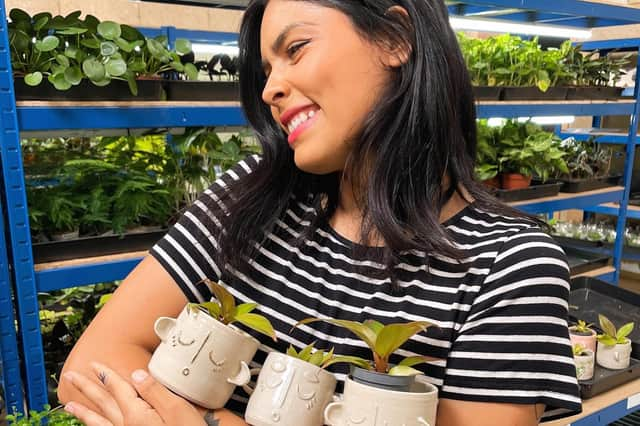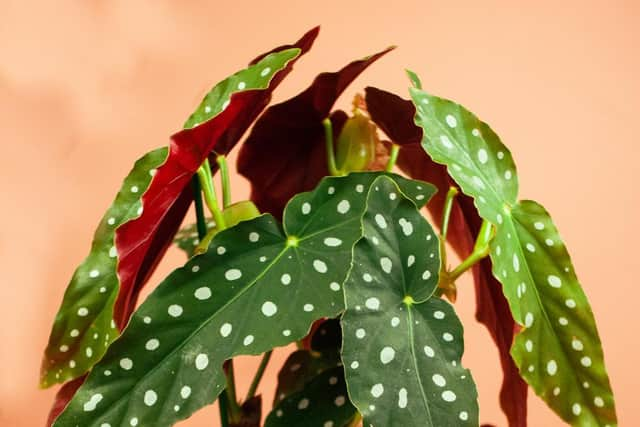How to keep your new houseplants looking healthy


It may have been put in the wrong spot, given too much or too little water, or it could simply need more light, says houseplant fanatic Silver Spence, CEO of baby plant specialist Friends Or Friends.
Spence recommends perking up your gifted plants with the following treatments…
1. Polkadot begonia


Advertisement
Hide AdAdvertisement
Hide AdKeep the soil lightly moist at all times. Avoid putting them in cold or drafty spaces. Provide medium light or place them close to a south-facing window in the winter and north-facing in summer.
Remove dried up leaf sheaths or poke into the soil to provide nutrients for the plant. Feed lightly year-round, or feed biweekly during the growing season.
2. Calathea
Calatheas thrive off high humidity and lower light. They can tolerate the cold quite well (around 9C) as long as their environment is highly humid. The ideal environment for calatheas is a bell jar, a greenhouse, or a shaded space in your home surrounded by other plants.
You can increase the humidity around your calathea by placing them on a tray with pebbles or by using an essential oil diffuser as a humidifier. Keep their soil lightly moist and their area well ventilated. Feed bi-weekly during growth season or micro-feed through the year.
3. Alocasia
Advertisement
Hide AdAdvertisement
Hide Ad“Alocasia, along with calathea and begonia, can have a bit of a reputation. They are sometimes called divas collectively but they’re actually quite hardy plants. In countries like the Philippines, they can become difficult to get rid of, which gives you an idea of how well adapted to thrive they are,” Spence says.
To care for your alocasia, keep the area well ventilated. Allow the top two inches of soil to dry before you water. Alocasia is one of the plants that can be easily triggered into dormancy so it’s important you watch the watering (big gaps and swings will trigger them). They will easily rot if you leave them dry for too long. Feed bi-weekly in spring/summer or micro-feed through the year.
4. String of Pearls
Keep your string of pearls in a bright and warm spot. Water them from the bottom by placing the pot in a bowl half-filled with water. This will ensure the plant absorbs the water it needs without risking rotting the pearls. Keep the pearls clean with a leaf shine and a dust cloth.
5. Philodendron Birkin (applies to most philodendron)
These plants favour bright indirect light, though they can tolerate medium-low light. The more light, the more variegation.
Water when mostly dry or when it begins to droop.
Advertisement
Hide AdAdvertisement
Hide AdClean leaves often with a moist cloth, as philodendrons have a tendency to crease as they unfurl new leaves. Providing the moisture from the cloth will allow the new leaves to unfurl with fewer creases and a better chance of being flawless. Feed lightly year-round or bi-weekly during the growing season.
6. Rubber tree
Allow your rubber tree to acclimatise to your home. You can help by keeping them warm and well lit (bright indirect light).
They are known for dropping leaves but this is normal, so don’t panic. Ensure the leaves are cleaned with a leaf shine spray or leaf wash, for the signature shiny leaf look. Water when the leaves start to point down or cup. Feed lightly year-round or bi-weekly during the growing season.
If your rubber tree is a single stem and you want to make it bushier, chop the top so it can grow from the auxiliary nodes.
This will produce more branches and give a bushy look.
